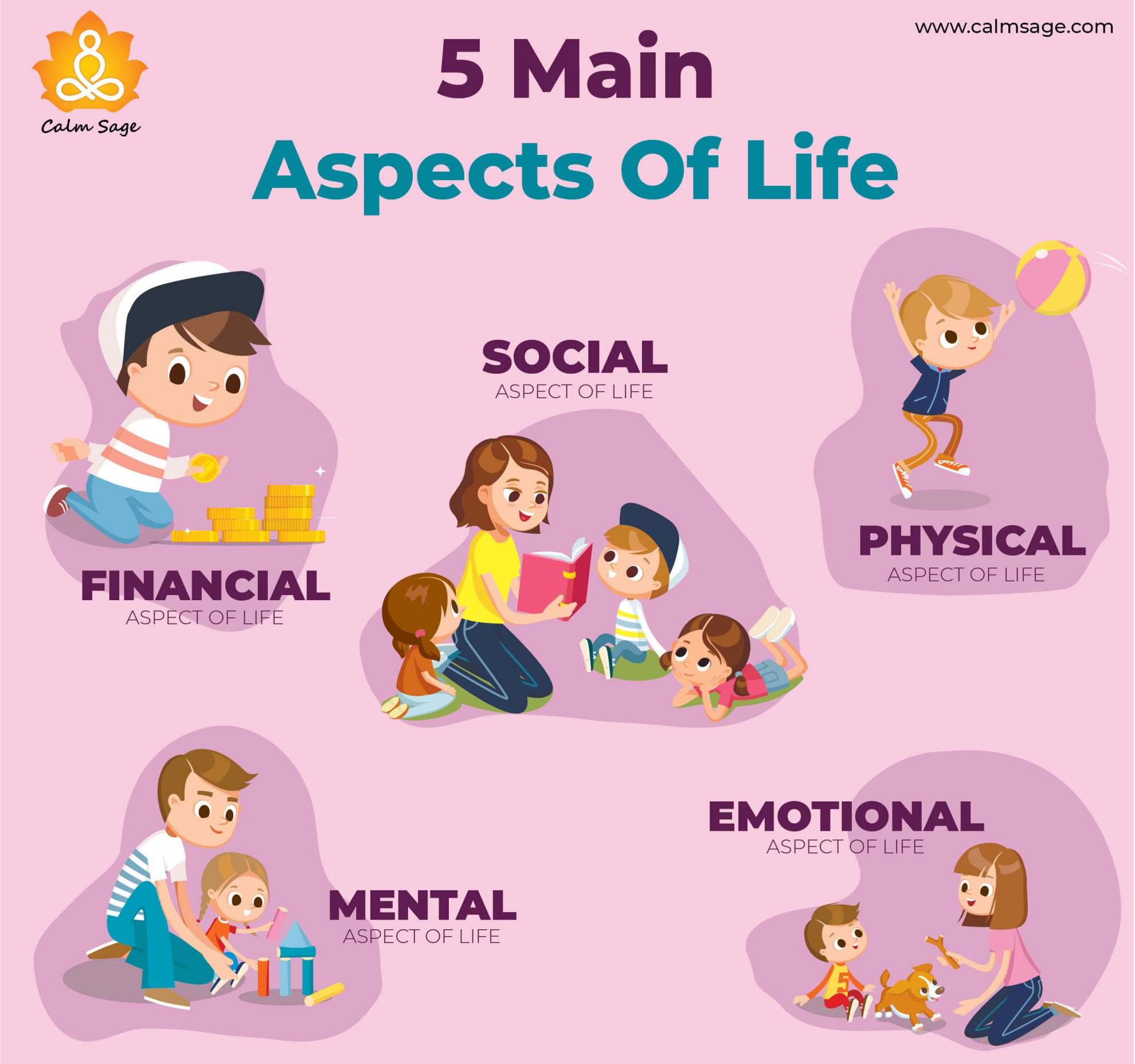The Life Of Syn - What Makes Things Live
Have you ever stopped to really think about what "life" even means? It's a pretty big idea, isn't it? We see it all around us, in every green leaf, every chirping bird, and every person we meet. But trying to put words to that feeling, that actual state of being alive, can be a little tricky, you know? It's something we just sort of get, a deep sense of what makes something vibrant and active compared to something that's just... there.
Scientists and thinkers have, for a very long time, tried to pin down this idea, to give it some sort of shape or a set of rules. They often look at what living things do, how they act, and what they are made of. It’s like trying to describe the color blue to someone who has never seen it; you can talk about the sky, the ocean, but the actual experience is something else entirely. So, too it's almost the same with life, isn't it?
This discussion will look at some common ideas about what life is, how we often describe it, and what makes something truly living. We'll explore some ways people have tried to sort out this big question, going over some basic ways of thinking about what it means to be a living thing, and how those ideas show up in our everyday world.
Table of Contents
- What Gives Something the Life of Syn?
- Sorting Out the Life of Syn - How Do We Group Living Things?
- The Building Blocks of the Life of Syn
- Is Change a Part of the Life of Syn?
- What Separates the Life of Syn from Stillness?
- How Do We Talk About the Life of Syn in Everyday Words?
- The Great Power Source for the Life of Syn
- Looking at the Life of Syn - What Do Textbooks Say?
What Gives Something the Life of Syn?
When we think about what makes something truly alive, what really gives it that spark, a very important part of it is how it keeps itself steady. You know, like, living things have this truly amazing way of making sure their insides stay just right, even when things outside are changing all around them. It's kind of like having a little thermostat inside that always works to keep things balanced, no matter what the outside world might be doing. This ability, this sort of inner management system, is really something that sets living things apart, actually.
It helps them to keep going, to keep doing what they do, even when the world throws new things their way. For example, your body works to keep your temperature steady, even if it's freezing outside or really hot. This constant effort to maintain a good, working balance inside is a very big sign that something is alive. It's a continuous process, a bit like a careful dance, where the living thing is always adjusting to stay in its best working state. This inner steadiness is a characteristic that points to the presence of life, you see.
This idea of keeping things just so, of maintaining a stable internal situation, is a fundamental piece of how we often describe living things. It's not just about surviving, but about actively working to keep conditions within a certain range. This self-regulation is what allows living things to function, to grow, and to respond to their surroundings in a consistent way. It's a continuous act of balance, which is pretty central to the life of syn, in some respects.
Sorting Out the Life of Syn - How Do We Group Living Things?
Life, as we generally see it, is made up of separate beings. These are individual creatures, living things that we can point to and say, "That's one." So, whether it's a single blade of grass, a buzzing bee, or a person, each is a distinct living entity. But these separate living things don't just exist on their own, all by themselves, do they? They often belong to larger collections or sorts, which we can assign them to. We group them together based on shared features, on how they are alike.
Think about how we might put different types of animals into different categories, like all the different kinds of birds or all the various types of trees. These groups help us to make sense of the vast variety of living things on Earth. It's a way of organizing the world, making it a bit easier to talk about and to study. This way of sorting, of putting living beings into their proper places, helps us to see the connections between them, and how they relate to each other. It gives us a framework for understanding the huge number of different living forms that are out there, which is pretty useful.
So, the life of syn involves not just the individual living thing, but also how those individuals fit into bigger families or classifications. It's about recognizing that while each living thing is unique, it also shares qualities with others, allowing us to build these organized systems. This helps us to keep track of the many different forms life takes, and to understand how they might have come to be, or how they work together in the wider natural world. It's a way of bringing order to the amazing variety of living things, you know.
The Building Blocks of the Life of Syn
Every single living thing, from the smallest microbe to the largest whale, is put together from one or more very tiny living pieces. These pieces are often called cells. They are the fundamental units, the absolute smallest parts that can still be considered alive on their own. Think of them as the bricks and mortar of any living structure. Just like a building is made of many bricks, a living being is made of many, many cells, or sometimes just one. This is a pretty basic idea when we talk about what life is, actually.
These little cells are busy places, full of activity, doing all sorts of jobs that keep the living thing going. They take in nutrients, they get rid of waste, and they can even make more of themselves. It's truly amazing how much happens inside these microscopic units. The way these cells work together, or how a single cell manages everything, is what allows a living being to exist and to do all the things that living things do. It's the very foundation of what it means to be alive, more or less.
So, when we look at the life of syn, we see that it all starts at this very small, very active level. The cells are the core components, the very base from which all living processes spring. Without these fundamental units, there would be no living things as we know them. They are the essential parts, the necessary pieces that make up every single living organism on this planet, which is something to really think about, isn't it?
Is Change a Part of the Life of Syn?
A really interesting thing about living beings is that they are capable of changing. This isn't just about growing bigger, though that's certainly a part of it. It's about a deeper sort of shift, a transformation of sorts. Living things can adapt, they can respond to what's happening around them, and they can even develop over time. This capacity for change, for becoming something a little different, is a very important mark of being alive, you know.
Think about how a tiny seed can grow into a huge tree, or how a caterpillar turns into a butterfly. These are big, obvious changes, but even on a smaller scale, living things are constantly adjusting. They can repair themselves, they can learn, and they can react to new situations. This ability to shift and alter, to not stay exactly the same, is what allows living things to keep going in a world that is always changing around them. It's a pretty dynamic aspect of life, actually.
So, the life of syn includes this idea of being able to transform. It's not a static state, but a continuous process of adjustment and development. This ability to change, to take on new forms or to respond in new ways, is what helps living things to survive and to thrive. It's a fundamental part of what makes something active and responsive, rather than just still and unchanging, which is quite fascinating, if you ask me.
What Separates the Life of Syn from Stillness?
One of the most profound ways to think about life is as the quality that sets a living, working being apart from something that is no longer alive, like a dead body. It's that spark, that something extra that makes a thing functional and active. What is it that distinguishes a vibrant, moving creature from something that is inert and still? It's a very deep question, isn't it? This distinction is often what we are really getting at when we try to define life.
When something is alive, it does things. It breathes, it moves, it grows, it responds. When it is no longer alive, these actions stop. The body is still there, but that animating quality, that vital spark, is gone. It's like the difference between a running machine and one that has been turned off. The parts are all there, but the ability to do its job, to be active, has vanished. This quality, this property that gives something its animation, is what we often mean by life.
So, the life of syn is about that essential difference, that line between being active and being inert. It's about what makes a living organism distinct from dead matter. This quality allows a living thing to carry out its functions, to maintain itself, and to interact with its surroundings. It's the very essence of being alive, what truly separates a functioning being from something that has ceased to be active, and it's something we instinctively recognize.
How Do We Talk About the Life of Syn in Everyday Words?
When we use the word "life" in everyday talk, we often mean the time between when someone is born and when they pass away. It's the full stretch of their existence. But it's also about the experience of being alive, the state of simply existing and experiencing things. This can include all the moments, the feelings, the thoughts, and the actions that happen during that time. It's a very personal and broad way of thinking about what life is, you know.
It's not just a biological definition; it's about what it feels like to be here, to be present, to be aware. It's about the journey, the ups and downs, the learning, and the connections we make. This idea of life as an experience is something we all share, a common thread that runs through everyone's existence. It encompasses everything that happens from our very first breath to our very last. It's the entire story, basically.
So, when we talk about the life of syn in this way, we're talking about the whole span of existence and the actual feeling of being alive. It's the period during which a living being is active and functional, experiencing the world around it. This broader sense of life captures the richness and depth of what it means to exist, beyond just the scientific definitions, which is quite profound, if you ask me.
The Great Power Source for the Life of Syn
It's a pretty amazing fact that most of the life we see on Earth gets its energy from the sun. Think about it: that big, bright star in the sky is what powers nearly all living things. Plants use sunlight to make their own food, a process that is truly incredible. Then, animals eat the plants, or they eat other animals that ate plants, and that energy gets passed along. So, in a very real way, the sun is the ultimate fuel for nearly everything that is alive on our planet, actually.
Without the sun's energy, most of the life forms we know wouldn't be able to survive. It's like the main power outlet for the entire living world. This connection to solar energy is a big part of the overall picture of life on Earth. It shows how interconnected everything is, from the smallest blade of grass reaching for the light to the largest creature roaming the land. It's a fundamental aspect of how our living world operates, you see.
So, the life of syn, for the vast majority of creatures here, is driven by the sun's rays. This energy allows living things to grow, to move, to reproduce, and to carry out all the processes that keep them alive. It's a powerful reminder of the sun's central role in supporting the huge variety of living things that call Earth home, which is pretty neat, when you consider it.
Looking at the Life of Syn - What Do Textbooks Say?
If you were to open a book about biology, you would very likely find a suggested way of defining life. This often comes in the form of a list of features that apply to living things, their different parts, or how they interact with each other. These lists are an attempt to put into words what makes something truly alive, what sets it apart from non-living things. They try to capture the general characteristics that living things share, more or less.
These lists might talk about things like being able to grow, to reproduce, to respond to their surroundings, or to maintain that inner balance we talked about earlier. They are ways of trying to describe the unique qualities that living things show. These characteristics aren't just random; they are observed patterns in how living organisms behave and are put together. They give us a framework for discussing and studying life in a systematic way, which is useful.
So, when we look at the life of syn through the lens of a biology textbook, we see it broken down into these specific qualities. These descriptions help us to understand the common threads that connect all living things, from the smallest bacterium to the largest tree. They are a way of trying to get a handle on that really big, complex idea of what life truly is, by focusing on what living things actually do and how they are made, you know.

Understanding The 5 Main Aspects of Life And Ways To Balance Life

The Tree of Life represents the spiritual point of balance – the secret

THE MEANING OF LIFE